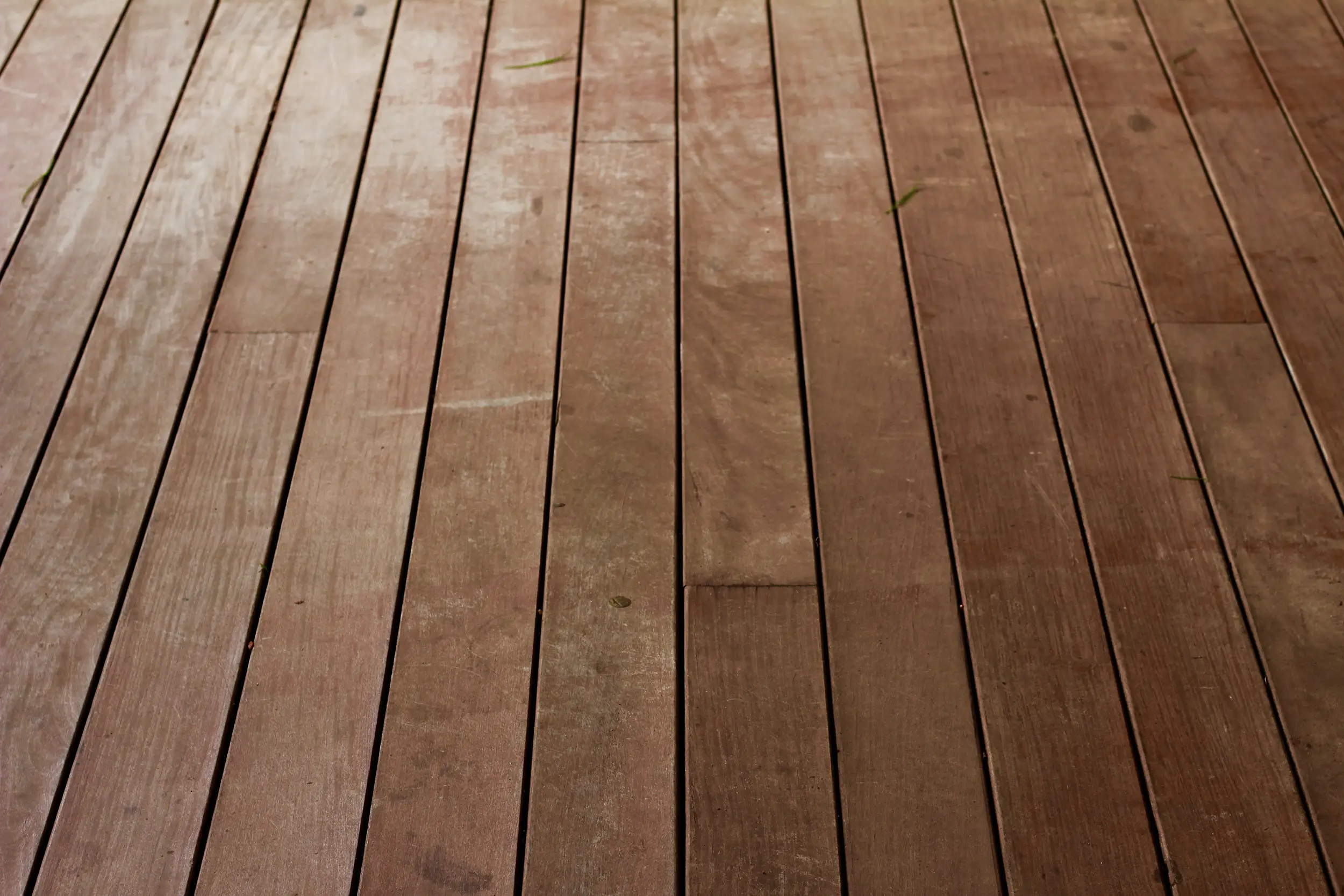You can sand and polish all kinds of solid hardwood floors. Sanding and polishing are the best and the most economical solution to renew damaged and faded timber floors to give them a fresh look than replacing them. However, there are some wooden floors that you can’t sand for various reasons. So, let’s see in detail what kind of solid hardwood floors you can refinish, what you can’t, and why.
Solid Hardwood Flooring
As mentioned, you can sand and polish all types of solid hardwood flooring from Oak, Maple, Pine, and Jarrah to Brush Box and Spotted Gum. With professional floor sanding and polishing, you can rejuvenate your damaged and worn-out floors and finish them with stains and other finishes to give them a pristine look.
Engineered Floors
Engineered floors, or floating floors, can be sanded and polished conveniently. High-quality engineered floors that have thick hardwood veneer with a thickness of at least 3mm on top of a plywood core can be sanded and polished three to four times. Note that you cannot refinish laminate floors as they are not real wood but photoprints on HDF core that imitate the look of real wooden floors.
Parquetry Floors
Like any other hardwood flooring, parquetry floors can be sanded and polished as many times as you want. However, only a floor sanding professional can do it perfectly without damaging the floors. It’s because parquetry floors do not contain grains in a straight line like the other hardwood floors, which can lead to cross grain scratching, causing wear and tear. So, sanding without expertise can bring more damage to these floorings.
Bamboo Floors
Bamboo is a type of hardwood, but technically it’s grass. So, can you sand and polish bamboo floors? Yes, you can. However, there are certain limitations that you must consider before sanding.
- Sanding bamboo will loosen its strands and ruin it, so it depends, if your bamboo flooring has a thickness of 3 to 4 mm, it can be refinished.
- Bamboo floors contain formaldehyde which is cancerous and irritates the eyes and throat. Yes, it contains formaldehyde as they use it in their manufacturing process. However, some latest types of bamboo flooring are free from formaldehyde and are safe to sand and polish.
- You can’t stain bamboo floors. Yes, you can’t stain strand woven bamboo floors as they don’t absorb stains evenly. So, you can go with a polyurethane coating, and your refinished bamboo floor will either look in its natural colour or the carbonised form (brown).
- Glue pockets may appear when sanding. Yes, it can happen as bamboo floors contain up to 20% glue.
Cork Floors
Cork floors come from the bark of cork oak trees, which looks like wood but feels soft on the feet. They last for many years, but like other hardwoods, they also experience scratches and damages, which you can repair by sanding and polishing. However, not all cork floors can be sanded and polished because they are too soft.
If your cork floors have a thickness of more than 4 mm, you can sand and polish them. Sanding is unsuitable for cork floorings with lesser thickness, as heavy abrasions can permanently damage the flooring. A floor sanding professional will be able to assist you in determining whether your cork floors are right for sanding and polishing.
When you maintain your timber floors with regular sanding and polishing with the help of a professional sanding service, your floorings can last for decades in their best condition. For any queries or enquiries on professional hardwood floor sanding and polishing services in Sydney, contact our team at Abacus Flooring.



